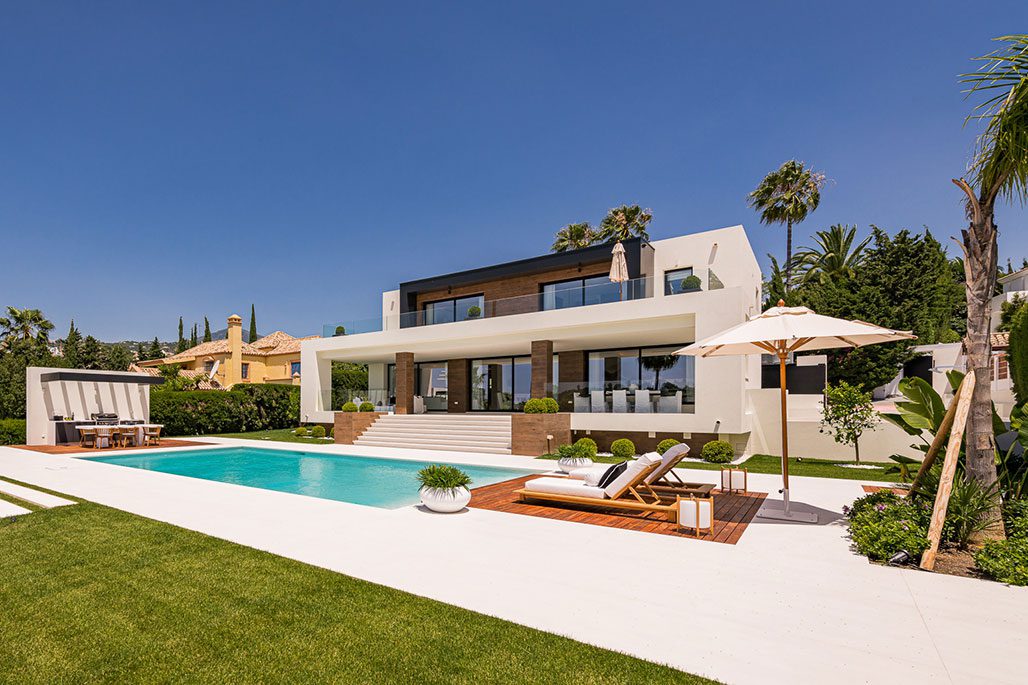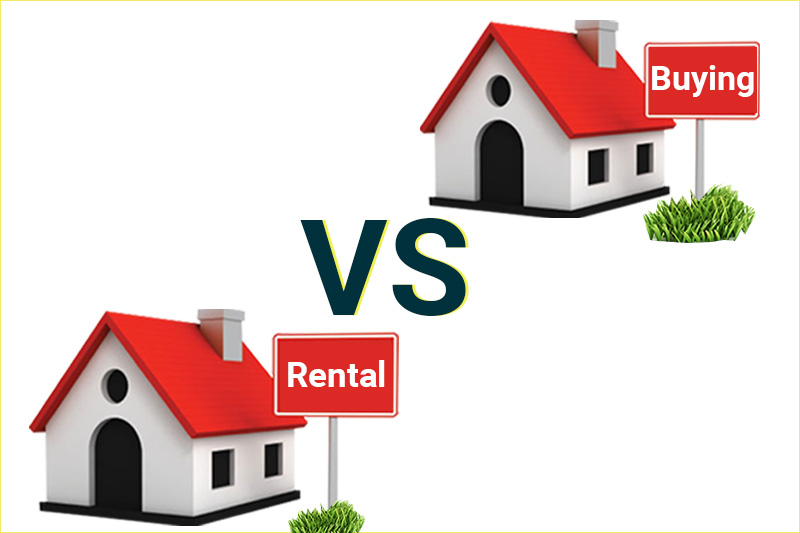Australia’s real estate market offers a tantalizing array of options for those seeking luxury homes. Whether you’re drawn to the vibrant urban landscapes of Sydney or Melbourne, the serene coastal retreats of Queensland, or the prestigious neighborhoods of Perth, the decision between renting and owning a luxury home is a pivotal one. Each option comes with its own set of financial considerations, lifestyle implications, and long-term benefits. This article explores the pros and cons of renting versus owning luxury homes in Australia, helping you make an informed decision based on your personal circumstances and goals.
Renting Luxury Homes in Australia

Pros of Renting:
- Flexibility: Renting provides unparalleled flexibility, allowing you to move between neighborhoods or cities without the constraints of property ownership.
- Lower Upfront Costs: Compared to buying, renting luxury homes generally requires a lower initial financial commitment, with no need for a substantial down payment or ongoing maintenance costs.
- Access to Prime Locations: Renting often grants access to prime locations that may be financially out of reach for buyers, such as exclusive waterfront properties or penthouse apartments in the heart of major cities.
- Maintenance Included: Typically, maintenance and repairs are the landlord’s responsibility, freeing you from the burden of property upkeep.
Cons of Renting:
- Lack of Long-Term Investment: Rent payments do not contribute to building equity or asset accumulation, potentially missing out on long-term financial gains.
- Rent Increases: Rental prices can rise over time, subjecting you to fluctuating housing costs and potential instability.
- Limited Customization: Renting may restrict your ability to personalize or modify the property to suit your preferences.
Owning Luxury Homes in Australia
Pros of Owning:
- Building Equity: Homeownership allows you to build equity over time, potentially leading to substantial financial gains if the property appreciates in value.
- Stability: Owning a home provides stability and security, with the freedom to renovate and customize the property according to your tastes.
- Potential Rental Income: Luxury properties can be lucrative investments, generating rental income if you choose to lease out the property.
Cons of Owning:
- High Upfront Costs: Purchasing a luxury home requires a significant upfront investment, including a substantial down payment, closing costs, and ongoing maintenance expenses.
- Market Fluctuations: Property values can fluctuate, impacting the resale value of your investment.
- Responsibility for Maintenance: Homeowners are responsible for maintenance and repairs, which can be costly and time-consuming.
Financial Considerations
Renting:
- Cash Flow: Renting may offer better short-term cash flow flexibility, as monthly expenses are generally predictable.
- Investment Opportunities: By not tying up capital in a property, you may have more funds available for other investments.
Owning:
- Long-Term Investment: Real estate ownership can be a hedge against inflation and a source of long-term wealth accumulation.
- Tax Benefits: Homeowners may benefit from tax deductions on mortgage interest payments and property taxes.
Lifestyle Considerations
Renting:
- Freedom: Renting provides the freedom to relocate easily, ideal for those who value flexibility or frequently move due to work or personal reasons.
- Minimal Commitment: Renting allows you to enjoy luxury living without the long-term commitment or responsibilities of homeownership.
Owning:
- Personalization: Homeownership allows for greater personalization and the ability to create a living space tailored to your preferences.
- Community Integration: Owning a home can foster a sense of community and stability, especially in established neighborhoods.
Market Trends in Australia
The Australian luxury real estate market has shown resilience and growth in recent years, particularly in major cities and desirable coastal regions. Factors such as international demand, urbanization, and lifestyle preferences contribute to the buoyancy of the market. Both renting and owning luxury homes remain popular choices among domestic and international buyers, influenced by economic conditions, interest rates, and demographic trends.
Case Studies and Examples
Renting:
- Sydney Waterfront Apartment: A luxury waterfront apartment in Sydney’s Circular Quay rented for AUD $3,500 per week, offering stunning harbor views and proximity to the central business district.
- Melbourne Penthouse: A penthouse in Melbourne’s Southbank precinct rented for AUD $2,800 per week, featuring expansive city views and access to exclusive amenities.
Owning:
- Gold Coast Villa: A luxury villa on the Gold Coast purchased for AUD $2.5 million appreciated to AUD $3.2 million over five years, demonstrating capital growth and investment potential.
- Perth Suburban Mansion: A suburban mansion in Perth’s Dalkeith suburb offered spacious living and lifestyle amenities, catering to affluent homeowners seeking privacy and prestige.
Conclusion
Ultimately, the decision between renting and owning a luxury home in Australia hinges on your financial capacity, lifestyle preferences, and long-term goals. Renting offers flexibility and lower upfront costs but lacks the potential for long-term investment and equity building. Owning provides stability, potential for appreciation, and the ability to customize your living space but requires a significant financial commitment and responsibility for maintenance. Whether you choose to rent or own, the Australian luxury real estate market presents diverse opportunities for discerning buyers and tenants alike, each offering unique advantages to suit individual needs and aspirations.
